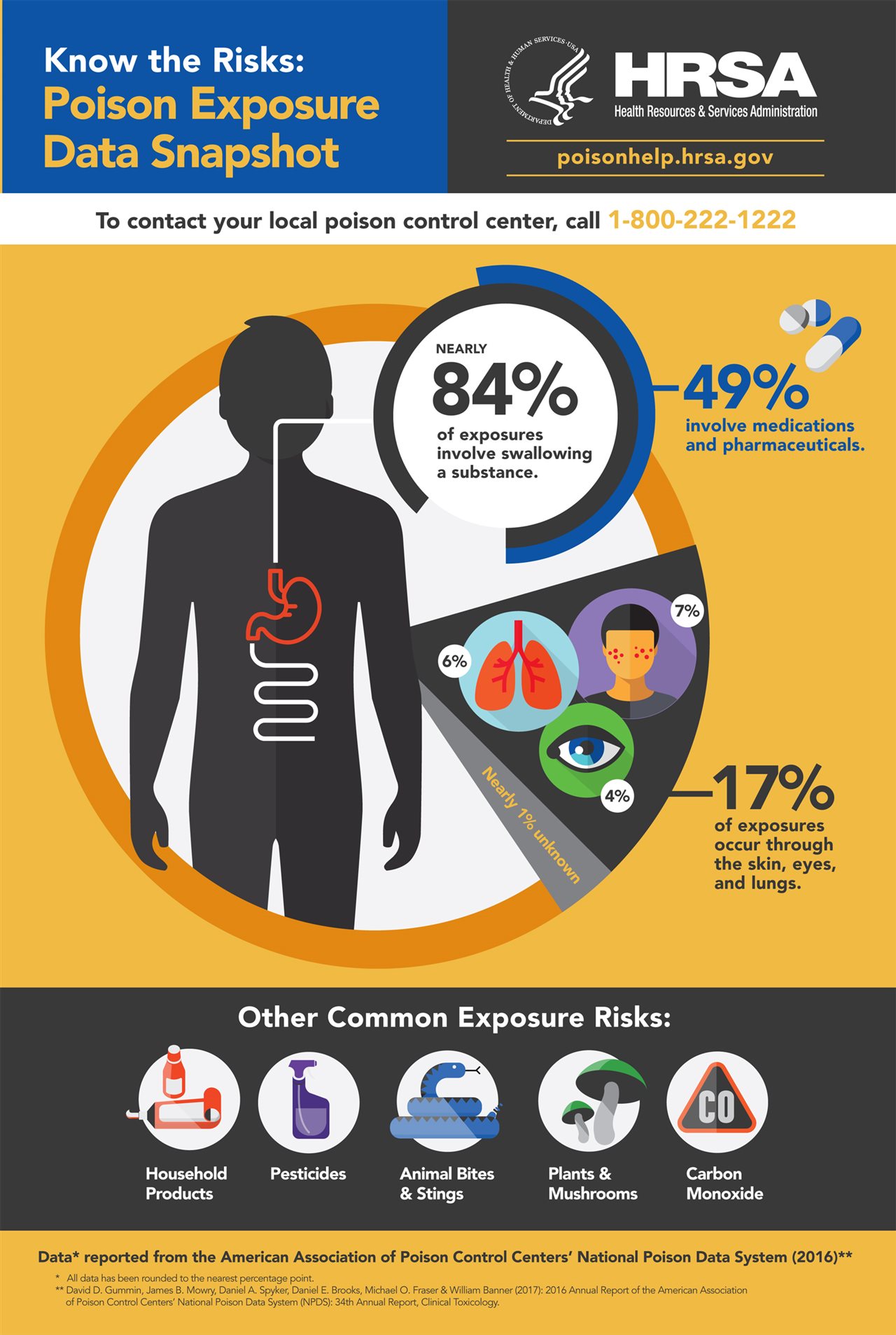2018-03-14T14:17:00
(BPT) – One in every four people is affected by anemia, a condition that occurs when the body lacks enough healthy red blood cells.1,2 Red blood cells carry hemoglobin, a protein that transports oxygen throughout the body, ensuring the body has energy and can function properly.3 Symptoms may vary in severity and can be acute or chronic. Further, many patients present with chronic anemia as a result of other health conditions — cancer, autoimmune and inflammatory diseases, or blood or bone marrow disorders — which each come with their own challenges.2,4,5 For those with chronic anemia associated with other diseases, life after diagnosis often means adjusting to a new “normal.” Dizziness, trouble breathing and overall tiredness experienced by many with anemia may mean adjusting work schedules, changing exercise regimens, limiting social activities and generally slowing down.2
Kathleen Weis, chief executive officer of The Aplastic Anemia and MDS Awareness International Foundation, calls it the “elephant in the room.”6
“Chronic anemia impacts a person’s daily activities. For many, it means not being able to do the things they used to — like going to work or helping around the house. Symptoms, fatigue in particular, can be debilitating,” Weis explained.6
For patients, this may necessitate relinquishing aspects of independence. An increasing reliance on caregivers is one of the hardest transitions people living with chronic anemia face. It’s an entirely new learning process and is often coupled with the guilt of knowing there’s an added burden on family members and caregivers. Patients may even experience depression at one point or another.7
“It’s a double whammy in terms of emotions. Both patients and caregivers are learning how to deal with the changes,” Weis said. “We put a lot of focus on mindfulness and positivity to help patients and their families through these challenges, in addition to educating about treatment. We believe in treating the body and mind together.”6
This March marks the first ever Aplastic Anemia and MDS Awareness Month, an extension from the weeklong observance The Aplastic Anemia and MDS Awareness International Foundation has organized in previous years. Webinars and conferences throughout the month will offer learning opportunities on a wide variety of topics for patients, caregivers and healthcare providers.
Research is another core focus for the Foundation. Treatment options for patients with chronic anemia are limited, and the organization is trying to make sure researching new approaches is seen as a priority. One of the most common treatments is red blood cell transfusions; a process by which donated blood is infused into a patient’s bloodstream.2 Frequency of transfusions depends on disease severity, but some patients may need to be transfused as often as every two weeks.2,8 This is challenging as transfusions are cumbersome, costly and associated with risks.
“Frequent blood transfusions require numerous visits to the doctors, which can be inconvenient for both patients and their caregivers. We would like to see new treatments that not only improve patient outcomes, but may also address current burdens,” said Weis.6
Despite the challenges they face, Weis notes that the patients she meets are resilient. “They want you to know they are still very much moving forward and this thing — this disease — is just something they are dealing with each day.”6
For more information about The Aplastic Anemia and MDS Awareness International Foundation or Aplastic Anemia and MDS Awareness Month, visit http://www.aamds.org/.
REFERENCES:
- Pasricha, SR. Anemia: A Comprehensive Global Estimate. Blood. 2014;123(5).
- American Cancer Society. Anemia in People With Cancer. Available at https://www.cancer.org/treatment/treatments-and-side-effects/physical-side-effects/low-blood-counts/anemia.html. Accessed March 2018.
- American Cancer Society. Blood Transfusions for People with Cancer. Available at https://www.cancer.org/treatment/treatments-and-side-effects/treatment-types/blood-transfusion-and-donation/what-are-transfusions.html. Accessed March 2018.
- Smith, Jr., R,E. The Clinical and Economic Burden of Anemia. Am J Manag Care. 2010; 16:S59-S66.
- Gunnar Birgegård. Managing Anemia in Lymphoma and Multiple Myeloma. Therapeutics and Clinical Risk Management. 2008;4(2):527–539.
- Interview with Kathleen Weis. Conducted by Marissa Vitha and Danielle Kroft for the Celgene Newsroom, January 2018.
- Korkmaz S, Yildiz, S, et al. Frequency of anemia in chronic psychiatry patients. Neuropsychiatr Dis Treat. 2015;11:2737–2741. doi: 10.2147/NDT.S91581.
- Langhi, Jr., D., et.al. Guidelines on Beta-thalassemia major – regular blood transfusion therapy: Associac¸ão Brasileira de Hematologia, Hemoterapia e Terapia Celular: project guidelines: Associac¸ão Médica Brasileira – 2016. Brazilian Journal of Hematology and Hemotherapy. 2016;3:8(4):341–345.














